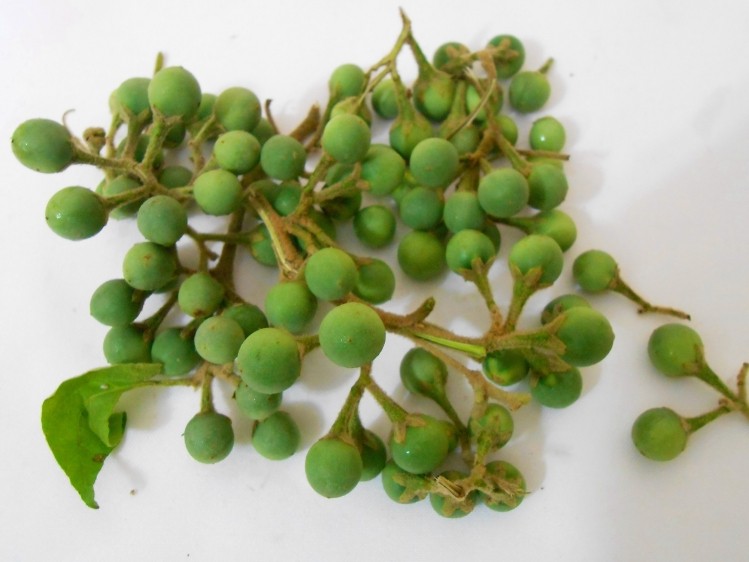Researchers characterize potential of multifaceted traditional botanical

The recent paper published in the journal Biomedicine and Pharmacotherapy looked at the chemical profile of an ethanolic extract of the leaves of the plant. The paper was written by authors from the Federal University of Rio de Janeiro as well as Brazil’s National School of Public Health. The paper is titled Chemical profile, liver protective effects and analgesic properties of a Solanum paniculatum leaf extract.
Plant used for many indications
The researchers noted that jurubeba is something of a Swiss army knife among indigenous plants.
“Preparations of S. paniculatum roots, stems, fruits and leaves are used as tonics, carminatives, diuretics, antipyretic, analgesic and anti-inflammatory herbal medicines, and to alleviate symptoms of stomach and liver dysfunctions. Decoctions of S. paniculatum leaves are home medicines for intestinal parasites, diarrhoea and other gastrointestinal disorders, and so are infusions from its flowers for bronchitis and cough. Moreover, macerates from S. paniculatum roots and fruits are folk remedies for arthritis and anaemia, respectively,” they wrote.
The relationship of botanical ingredients used in traditional settings to the dietary supplement market can be a complicated one based on current regulations. In a recent Q&A document posted by ANVISA, jurubeba is classified as a “regional botanical species.” Like other botanical ingredients, however, intended use and dosage plays a role in the classification.
“If the regional botanical species is used in therapeutic amounts or has a medicinal purpose, it should be classified as a medicinal product (eg extract of the jurubeba with antisecretory activity),” the document notes.
The botanical is on the market as whole fruit or fruit powders. At least one brand—Terravita—has a jurubeba supplement on the market, though it is unclear what plant parts are included.
Wide array of potentially beneficial compounds
The researchers were able to tentatively identify the following bioactive compounds in the leaf extract: flavonoids, esters of hydroxycinnamic acid and isomers of chlorogenic acid such as monocaffeoylquinic acids, monocoumaroylquinic acids, quercetin robinobioside, rutin, hexoside of hydroxyluteolin, dicaffeoyl quinic acids, quercetin and hexoside of metHerbal medicine information has it that a tea made from the leaves has been a common hangover or overeating remedy, hinting at the plant’s liver protection potential.
In order to investigate this potential, the researchers used a mouse model of acetaminophen poisoning, which is a common mode of liver injury in humans.
Liver protective, analgesic, antioxidant activities
Their results showed that the extract protected against acetaminophen induced liver damage via several pathways. The researchers concluded that the ethanolic extract performed about as well as the current standard of treatment for acetaminophen liver toxicity.
In addition, the extract showed analgesic potential. This was measured by the amount the animals writhed in response to an acetic acid injection. The extract performed about as well as the acetaminophen did, though at a higher dose.
In addition, the authors noted that the various bioactive compounds in S. paniculatum are also found in other species of the Solanum genus whose antioxidant activity has already been characterized. Thus, they concluded jurubeba would perform similarly.
Source: Biomedicine and Pharmacotherapy
“Chemical profile, liver protective effects and analgesic properties of a Solanum paniculatum leaf extract”
https://doi.org/10.1016/j.biopha.2018.11.036
Authors: De Souza GR, et al.
















